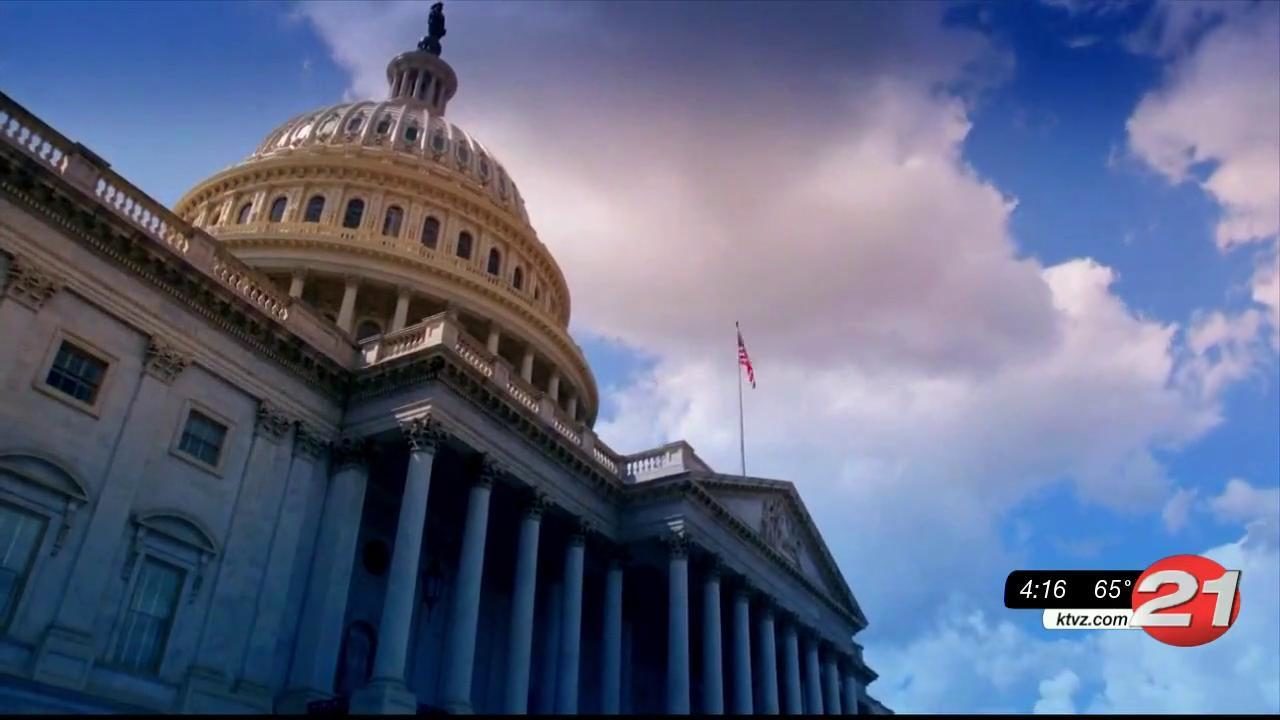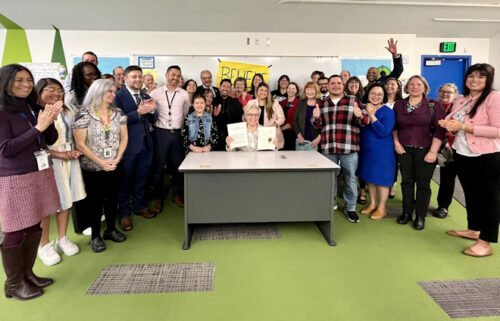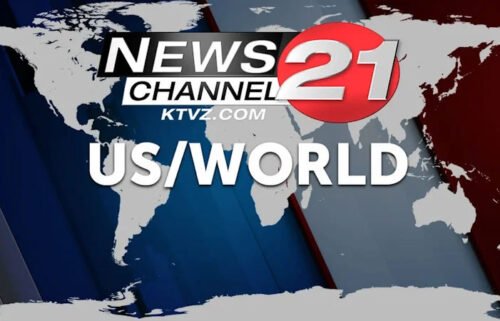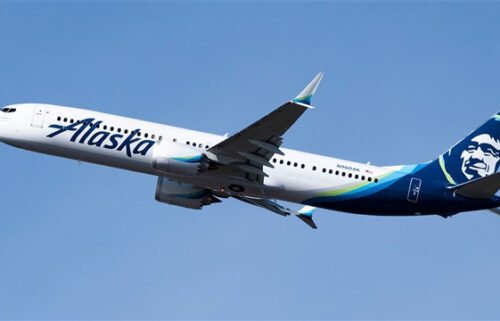Walden gives update on federal response to Oregon wildfires

WASHINGTON (KTVZ) -- Rep. Greg Walden, R-Ore., on Sunday shared an update on the federal response to Oregon wildfires after the Federal Emergency Management Agency released two advisories on the Oregon fires.
FEMA is tasked with getting the needed supplies and resources to the state, which is responsible for distributing aid.
On Saturday, Walden was in southern Oregon, touring the damage from fires, meeting with local officials and speaking with volunteers and displaced Oregonians. You can watch a video he released recapping the visit here.
For wildfire resources, click here.
The latest from FEMA on federal wildfire assistance to the state of Oregon:
On September 9th, Governor Kate Brown requested an emergency declaration for communities affected by wildfires. President Trump declared an emergency on September 10th, which provides federal assistance and assets to aid in the handling the immediate disaster needs, and combatting the wildfires. These resources flow from FEMA to the state of Oregon, which coordinates the disaster response.
What are FEMA and Federal Partners Doing Now?
- On September 12, FEMA Regional Administrator Michael O’Hare approved one more Fire Management Assistance Grant (FMAG) to assist Oregon with its 2020 fire suppression costs. The new FMAG is for the Brattain Fire burning in Lake County. Administrator O’Hare has approved a total of 16 FMAGs for Oregon this fire season, 14 of them this week.
- Program area experts from FEMA, the State of Oregon and our federal partners are on site in or en route to the Oregon Office of Emergency Management’s Emergency Communications Center (ECC) to stand up joint task forces for feeding and sheltering operations and others.
- The U.S. Department of Agriculture is providing technical assistance and has deployed one animal care and two food and nutrition service subject matter experts to support pet and animal feeding operations.
- The U.S. Army Corps of Engineers is providing technical assistance and debris removal subject matter experts.
- The FEMA Regional Response Coordination Center in Bothell, Wash., remains activated to Level II with Emergency Support Functions (ESFs) activated to provide coordination and technical assistance to State, local, and tribal partners.
- FEMA Federal Coordinating Officer Dolph Diemont and increasing numbers of FEMA and federal staff are working side by side with our state partners in the ECC to provide technical assistance to the State as we implement the R10 Regional Support Plan.
- The FEMA Regional Response Coordination Center in Bothell, Wash., is activated to Level II with Emergency Support Functions (ESFs) activated to provide coordination and technical assistance to state, local, and tribal partners.
- FEMA Federal Coordinating Office Dolph Diemont and the FEMA Region 10 Incident Management Assistance Team are co-located at the Oregon Emergency Coordination Center (ECC) to provide technical assistance to the state as we implement the R10 Regional Support Plan.
- A FEMA Integration Team (FIT) is co-located with Oregon Office of Emergency Management, ensuring that FEMA and state emergency managers are coordinated on information in the Oregon ECC.
- FEMA has established an initial staging area in Salem to handle commodities. Additional staging of commodities will take place at Joint Base Lewis-McChord in Washington, if necessary. Two FEMA Incident Support Base teams are on the way to support staging operations.
- FEMA Regional Administrator Michael O’Hare has also approved 15 separate Fire Management Assistance Grants (FMAGs) to assist Oregon with its 2020 fire suppression costs. Thirteen of those FMAGs were approved this week.
What about Food, Water and Sheltering?
- The American Red Cross (ARC), in coordination with the State of Oregon, is providing both congregate and non-congregate sheltering, which may include hotel stays and support to those evacuated in RVs or vehicles.
- Wildfire survivors who are seeking shelter should visit an evacuation center to be screened and provided with sheltering options. The list of ARC shelters operating in Oregon can be found here.
- The Emergency Declaration and Fire Management Assistance Grants authorize mass care costs to include sheltering under Category B of FEMA’s Public Assistance program. Eligible applicants who have the legal responsibility to provide shelter, such as the state, tribes, counties or cities, can provide sheltering or enter into agreements with vendors to provide it on their behalf and seek reimbursement from FEMA.
Both types of sheltering are being provided in Oregon through the American Red Cross and the State of Oregon’s partnership, and by other entities. FEMA-provided commodities will help support the state’s sheltering operations. - Truckloads of commodities have arrived in Oregon for the state to distribute to wildfire survivors. These include 55,296 meals, 54,000 bottles of water, 4,502 cots and 10,042 blankets.
- Additional commodities are en route (as of September 12) to an initial staging area at Joint Base Lewis McChord in Washington. These include 153,600 meals, 162,000 bottle of water, 1,002 cots, 32,558 blankets, 15,185 hygiene kits, as well as 27 generators.
- FEMA and federal partners continue to provide technical assistance on Mass Care issues to the state, to include planning for sheltering, feeding, reunification, housing and mental health support. This includes planning for non-congregate sheltering in a COVID environment.
- Technical assistance is also being provided to the State on issues related to household pets and service animals, as well as agricultural and livestock issues.
Survivors should register for the Red Cross Safe and Well program at https://safeandwell.communityos.org to find loved ones and let them know they are safe. - FEMA and federal partners are providing the state technical assistance on Mass Care issues, to include planning for sheltering, feeding, reunification, housing and mental health support. This includes planning for non-congregate sheltering in a COVID environment.
- Non-congregate sheltering is an eligible activity under the Emergency Declaration, as well as in areas affected by fires declared under the FMAG program. The state is currently working with the American Red Cross to provide non-congregate sheltering and FEMA staff are providing technical assistance as the state continues to evaluate sheltering needs.
- Technical assistance is also being provided to the state on issues related to household pets and service animals, as well as agricultural and livestock issues.
- The American Red Cross is operating several Temporary Evacuation Points where evacuees can go for information and assistance. Locations change according to need.
- Survivors should register for the Red Cross Safe and Well program at https://safeandwell.communityos.org to find loved ones and let them know they are safe.
What about Search and Rescue and Communications Assistance?
- An Urban Search and Rescue (US&R) technical assistance expert is on site at the Oregon ECC to help determine state needs.
- Four US&R teams are in transit to the Oregon ECC, three of them with K9 capabilities. (as of September 12)
- MERS (Mobile Emergency Response Support) is providing several communications vehicles, with power generation and satellite communications. Additional MERS equipment is scheduled to arrive by Monday.



